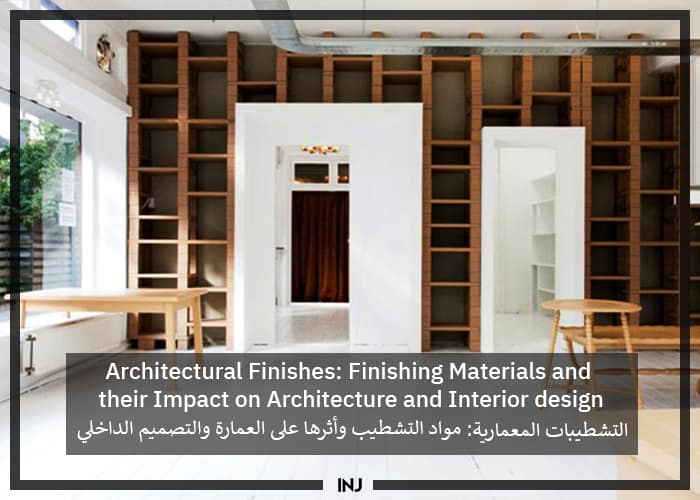When you start decorating your home or a new building, you have a few choices to make, like selecting your designer and finishing materials. Your interior designer will assist you in choosing finishes like lighting, paint color, cabinets, flooring, counters, window coverings, backsplashes, doors, and much more. Interior designers will assist you in selecting all the required interior elements for your design project. Interior design finishes set the vibe of a place and has a significant impact on the architecture. Selecting the best finishing materials differentiates between a normal appearance and one that is stylish and eye-catching. Educate yourselves more about Architectural Finishes because this article covers all the essential information you need to know.
Architectural Finishes: Impact of Finishing Materials
Beginning with the obvious, finishes provide a stunning look to architecture. They can add a unique element to the building and make it more pleasing aesthetically. They can function as a renovation, concealing any unattractive imperfections or restorative harm.
Generally, finishes are a significant part of any architecture that combines aesthetics with functionality. The architecture is functional itself, making up the structure, offering whatever function that element intended to do. If it is a pillar, it provides support to the building. If it is a window, it gives light access. The aesthetic part is the finish itself. Finishes incorporate covering materials such as color coats. Common finishing materials used for interior designing are acoustic tiles, plywood, cinder blocks, wax, pegboard, copper pipes, steel sheets, cork, and more. With thousands of options out there, you have to pick the best fit for your project.
Consideration Factors for Selecting Finishes in Architectural Finishes
The first factor that can assist you with settling on your choice of finishes is whether you like the appearance or not. Everybody has their taste, and specific finishes might stand out as something you would love. However, that won’t be a sufficient reason alone to select them. You should consider some other factors as well.
· Aesthetics
A designer will assist you in selecting finishes that are aesthetically pleasing and suit the overall design theme of your home. Many things could play a role in this, including texture, colors, styles, and patterns.
· Durability
When you have a house full of pets and children, you must select more durable finishing materials that handle the damage. Consider finishes with qualities of food, water spillage, resistance to scratches, heat, etc. Consider the facts like will you be able to maintain it well? What is your responsibility level for maintenance? How you and your family are going to interact with them?
· Protection
Besides, for certain families, protection can be one of the biggest concerns regarding finishes. For instance, if you live with somebody having stability issues, you should select floorings like a rug that is easy to walk on and slip-resistant. If you have little ones, you should install pets and kids-safe cordless blinds for window covers.
Wrap Up about Materials and finishes for interior Design
In conclusion, The architectural world is not lacking in choices. Architectural finishes cover a lot of varieties, coatings, or designs. They lead impacts on floors, walls, ceilings, pillars, lights, staircases, and more. Certain materials used in these elements incorporate wood, metal, stone, and glass. Whether it is a home, office space, hall, salon, restaurant, or any other environment, finishes will give that final look that makes the architecture shine.

